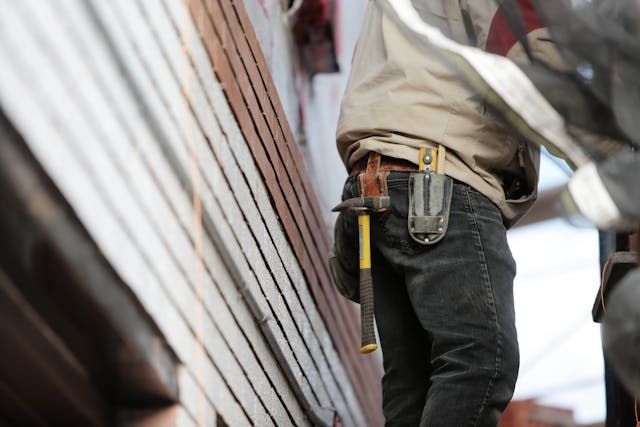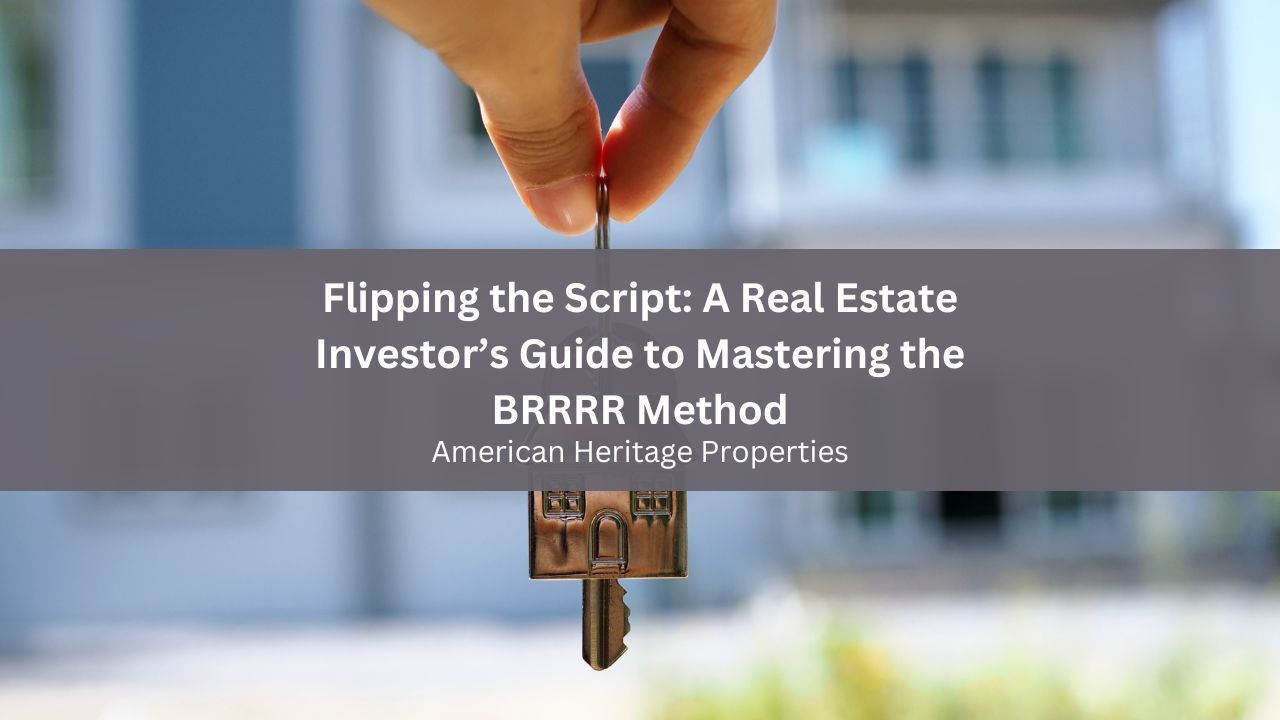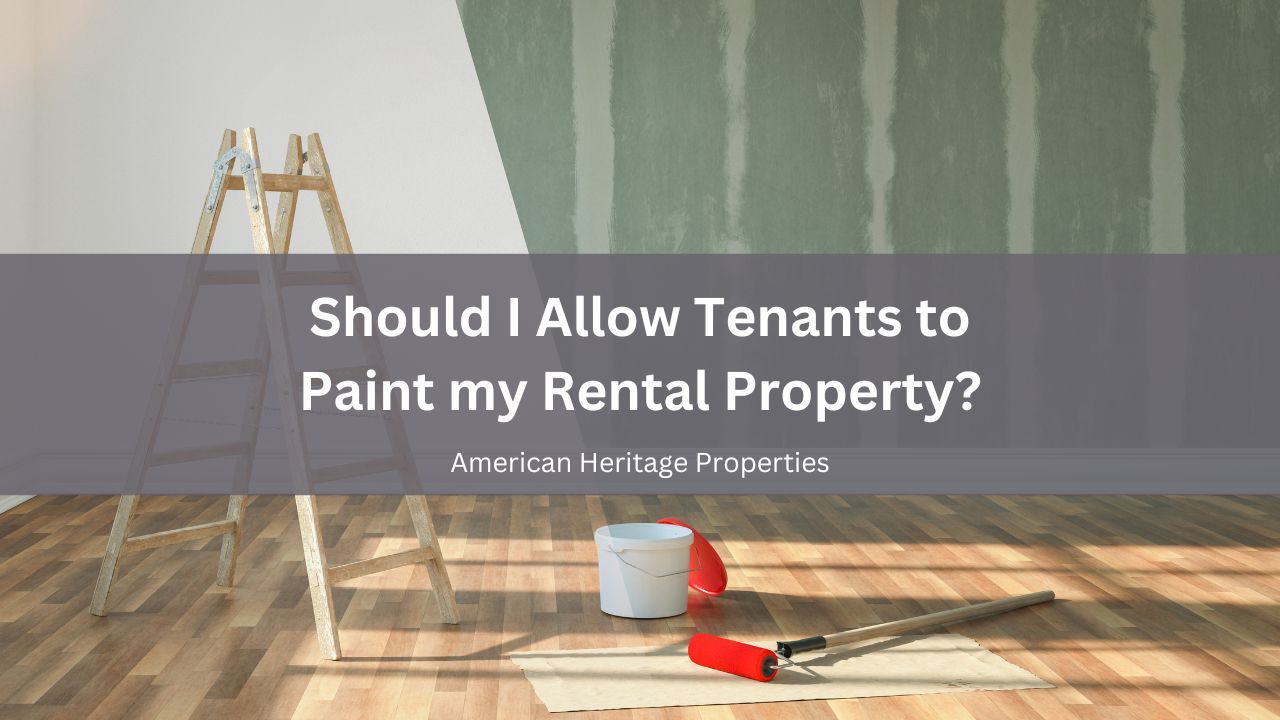How to Rent Out Your House in San Diego, CA

Renting out a house in San Diego, CA, can be a profitable venture, however, becoming a landlord comes with its set of responsibilities and challenges. This comprehensive guide is designed to help you navigate the process smoothly, from preparing your property to understanding the legalities and finding the right tenants.
Understanding the San Diego Rental Market
Before investing in San Diego rentals, it's essential to understand the rental market in the area. The city's diverse neighborhoods offer various rental opportunities and challenges. Research current rental rates, demand, and the type of tenants your property is likely to attract. Check out real estate websites and local listings to get valuable insights about these.
Preparing Your Property
Ensuring your property is in the best possible condition is crucial for attracting quality tenants and securing top-dollar rent. Consider the following steps:
- Repairs and Maintenance: Address all necessary repairs, from leaky faucets to major structural issues. Regular maintenance, including pest control, landscaping, and HVAC servicing, is also vital.
- Upgrades and Improvements: Simple upgrades such as fresh paint, updated lighting fixtures, and modern appliances can significantly enhance your property's appeal.
- Professional Cleaning: A professional deep clean, including carpets, windows, and hard-to-reach areas, will make your property more inviting.
- Safety Checks: Ensure that all safety devices, such as smoke and carbon monoxide detectors, are in place and fully functional.

Setting the Right Rent
Setting the right rent is a delicate balance. Consider factors like location, property condition, market demand, and the price of similar rentals in the area. Online rental calculators and consultations with local real estate agents can also provide guidance.
Marketing Your Property
Effective marketing is key to finding tenants quickly. Utilize online listing platforms to reach a wide audience. High-quality photos, virtual tours, and a detailed description highlighting your property's best features are also crucial. Additionally, consider traditional methods like yard signs for local exposure.
Screening Tenants
Thorough tenant screening is essential for finding reliable tenants. This process should include:
- Application Form: Collect basic information, rental history, employment details, and references.
- Credit Check: Assess the tenant's financial responsibility and ability to pay rent.
- Income Verification: Ensure the tenant's income is sufficient to cover the rent, typically three times the monthly rent is a good benchmark.
- Landlord References - Contacting previous landlords can provide valuable insights into a prospective tenant’s qualifications.
Creating a Lease Agreement
A well-crafted lease agreement protects both the landlord and the tenant by clearly outlining the terms of the tenancy. Essential components of the lease include:
- Rent amounts, due date, and late fees.
- Security deposit amounts and terms for return.
- Start and end dates of the tenancy.
- Policies on pets, smoking, subletting, and other relevant rules.
- Responsibilities of the landlord and tenant.

Property Management
Decide whether you'll manage the property yourself or hire a professional property management company. Self-managing requires time and effort to handle tenant issues, maintenance, and legal compliance. A property management company can alleviate these burdens.
Legal Compliance
Being a landlord in San Diego means complying with local, state, and federal housing laws. California's landlord-tenant laws are designed to protect the rights and outline the responsibilities of both landlords and tenants. Here are a few key examples of these laws:
Rental Agreements
California law requires a written rental agreement for tenancies of one year or more. Even for shorter leases, a written agreement is recommended to outline the terms clearly. Ensure that your rental agreements clearly outline all policies that both you and your tenants will abide by. Consult with a professional property management firm to help you craft a legally sound lease.
Habitability Requirements
Landlords are required to ensure their rental units are habitable according to specific standards. This includes providing:
- Waterproofing and weather protection of roof and exterior walls
- Plumbing and gas facilities
- Safe and working heating, electrical, and lighting systems
- Clean and sanitary buildings, grounds, and appurtenances free from debris, garbage, and pests
- Adequate trash receptacles
Security Deposits
California law limits security deposits amounts. Landlords must also return the security deposit within 21 days after the tenant moves out, along with an itemized statement of deductions for any damage beyond normal wear and tear.

Notice for Entry
Landlords must provide reasonable notice, at least 24 hours, before entering a rental unit, and entry is typically only allowed for specific reasons such as making repairs, showing the unit to prospective tenants or buyers, in emergencies, or when the tenant has moved out or abandoned the property. Entry must also only occur during normal business hours unless the tenant consents to another time.
Evictions
California law specifies legal causes for eviction, including non-payment of rent, violation of the lease or rental agreement, causing significant damage to the property, engaging in illegal activities within the unit, and more. The eviction process must follow specific procedures, including providing proper notice and, if necessary, proceeding through the court system.
Disclosures
There are state, federal, and local disclosures that are required to be part of your rental agreement. Failure to include them expose the landlord to liability and will forfeit significant rights.
Discrimination
The Fair Employment and Housing Act prohibits discrimination in housing based on color, race, religion, gender, gender identity, gender expression, sex, sexual orientation, marital status, national origin, ancestry, familial status, source of income, disability, or genetic information. Landlords cannot refuse to rent, provide different rental terms, falsely deny that a rental is available, or advertise with discriminatory preferences.
Bottom Line
Renting out your house in San Diego can be a rewarding investment, but it requires careful preparation, adherence to legal requirements, and effective tenant management. By following these steps and maintaining a professional approach, you can become a successful landlord in San Diego. Contact American Heritage Properties if you need property management assistance!
Share this post









